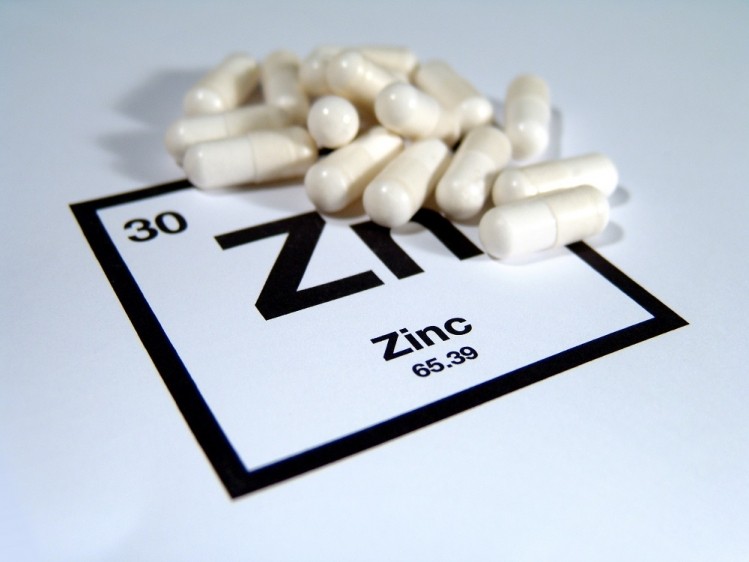Review calls for reassessment of upper levels for zinc intake in preadolescent children

“Safe upper levels (UL) of zinc intake for children were established based on either limited data from just one study among children or extrapolations from studies in adults,” the authors stated.
“Resulting ULs are less than amounts of zinc consumed by children in many studies that reported benefits of zinc interventions, and usual dietary zinc intakes often exceed the UL, with no apparent adverse effects. Therefore, existing ULs may be too low.”
The review was funded by a Bill and Melinda Gates Foundation grant to the International Zinc Nutrition Consultative Group.
Expanding the literature
Researchers conducted a systematic bibliographic review of studies among preadolescent children, extracting data from 44 relevant studies with 141 comparisons.
“Our literature search identified a sizeable number of relevant studies that were not available or considered when international authorities developed the existing zinc ULs for infants and children,” the review stated.
Newer studies compare participants that received additional zinc to a control group without supplements. Others evaluate the effect of zinc on serum or plasma copper, ceruloplasmin, ferritin, transferrin receptor, lipids, or hemoglobin or erythrocyte super-oxide dismutase.
“We believe that these decisions should be made by duly constituted authoritative bodies to ensure broad global acceptance and harmonization of recommendations,” the authors added.
Dr. Andrea Wong, Senior Vice President, Scientific and Regulatory Affairs at the Council for Responsible Nutrition told Nutra Ingredients-USA that “re-evaluating the UL for this nutrient and determining if it should be increased makes sense”, noting that the Dietary Reference Intakes (DRIs) for most nutrients need updating.
“For zinc, the DRIs were established over 20 years ago (2001), and the UL for children was based on scant scientific evidence,” she explained. “This review shows that additional data are available that can inform a more accurate UL for zinc.”
She also cited research based on the 2016 Feeding Infants and Toddlers Study showing that approximately 40% of US infants and children exceed the current UL for zinc from food alone.
Addressing the dilemmas
During the meta-analyses, the authors discovered several dilemmas that complicate interpretation related to the heterogeneity of results and the uncertainties about physiological and clinical significance of outcomes.
“Among the main adverse outcomes considered, Cu, Cp, and Ferr are all acute phase proteins that respond markedly to systemic inflammation,” they noted, adding that many available studies did not report information on participants’ inflammation status.
“Thus, if providing additional zinc reduced the risk of infection and inflammation, these biomarkers could have declined in response to the reduced inflammation rather than due to an adverse effect of zinc on copper or iron uptake or status.”
Other concerns included final values of the markers of possible adverse effects and their clinical significance, the lack of a clear dose-response relationship or response threshold in any of the sets of comparisons, the need to adjust zinc intake for bioavailability, and consideration of zinc in the usual dietary intake of participants.
The review also shares a set of recommendations for authors to facilitate data for future meta-analysis and suggests that the reassessment of ULs should involve the investigators and data of the original studies.
Source: Nutrients
2022, 14(9), 1938, doi: https://doi.org/10.3390/nu14091938
“Reconsidering the Tolerable Upper Levels of Zinc Intake among Infants and Young Children: A Systematic Review of the Available Evidence”
Authors: Sara Wuehler, et al.












